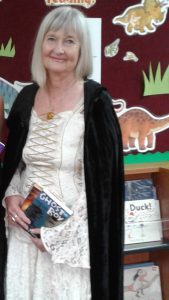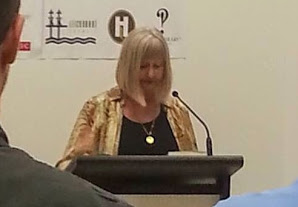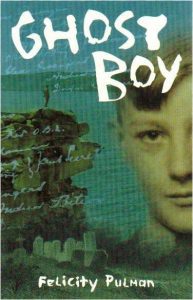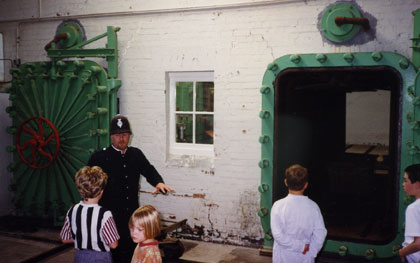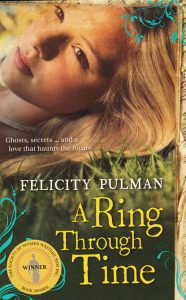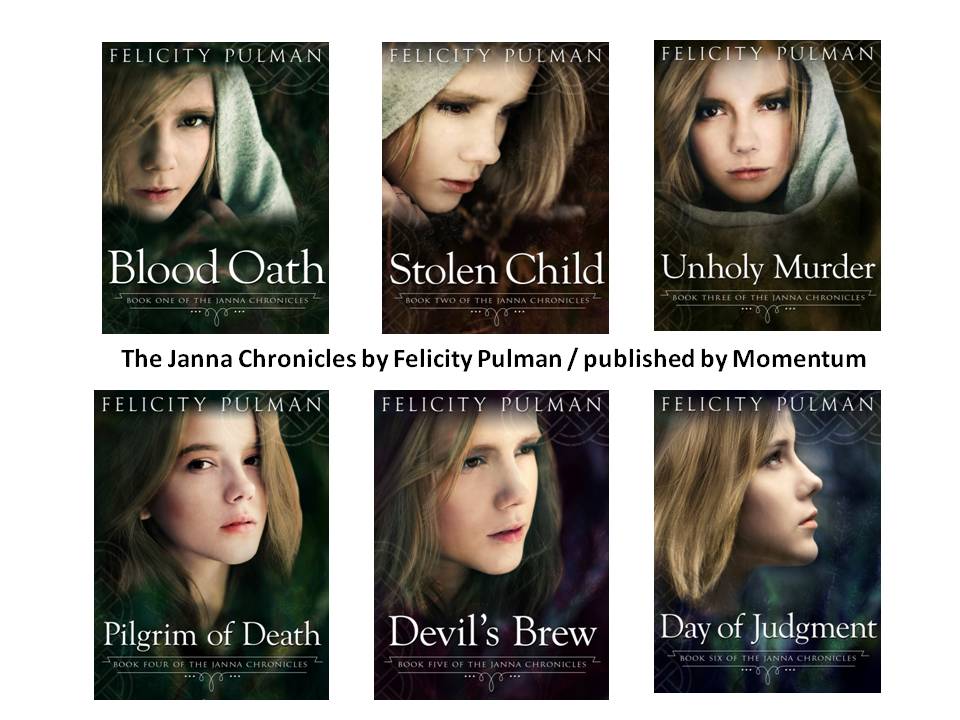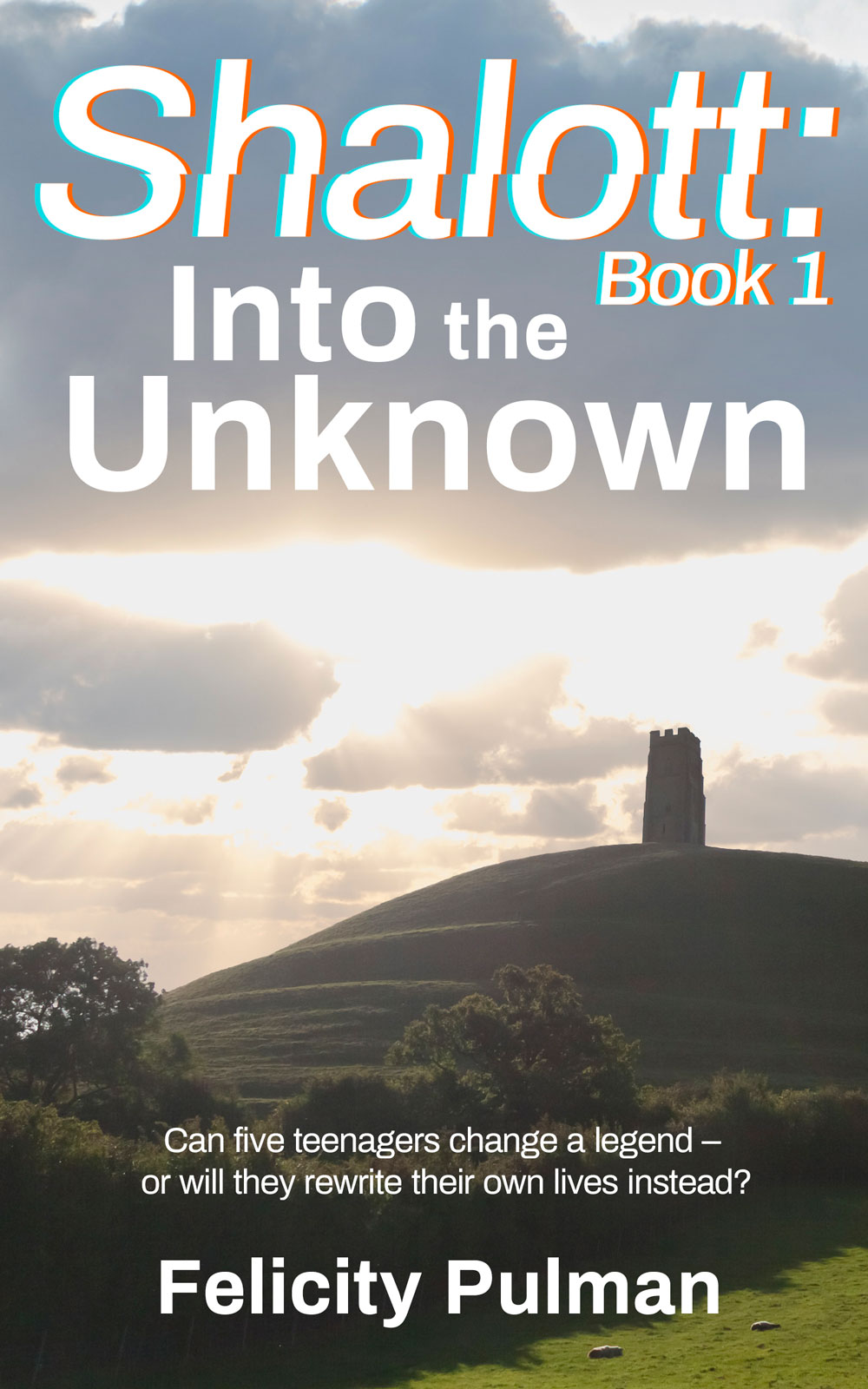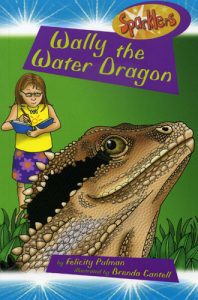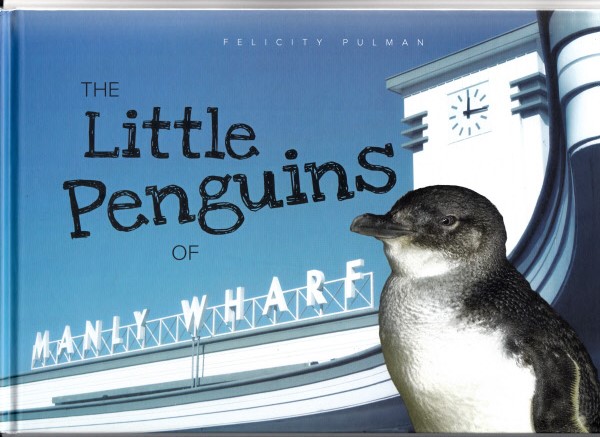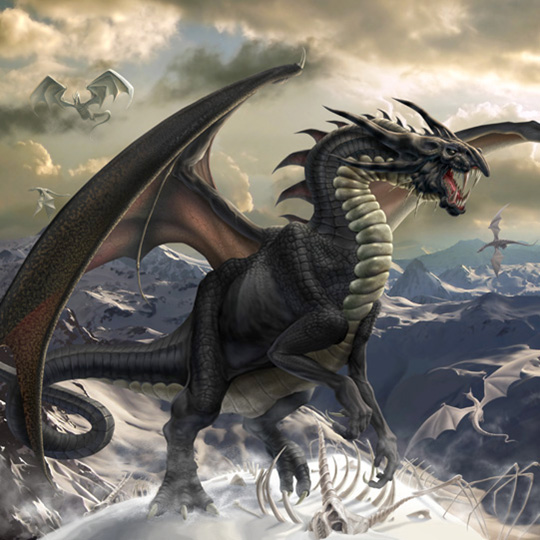Teachers’ notes and class activities – see below
For all details plus the range of topics available for workshops and talks, please visit the Workshops, Visits and Bookings page. For more information on my books, please go to my Books page. I have many years’ experience talking to students and adults about researching and writing my novels which may focus on eg my historical novels or have a general overview of writing under the title ‘An Author’s Journey.’ I have also conducted workshops in a variety of genres including writing fiction, short stories, crime, fantasy and historical fiction. Venues for my talks and/or workshops include schools (both primary and secondary), libraries, universities and writers’ festivals as well as other organisations including branches of the FAW, the NSW Writers Centre and other state writers’ centres, Conflux, the Plantagenet and Richard III Societies, as well as U3A and View clubs.
Before giving a presentation, I like to take advice from the teacher/librarian organising the session regarding the focus of my talk. All my talks begin with the question of ‘ideas’, and where they come from, as this is the question I am asked the most often! I illustrate all my talks with powerpoint presentations comprising photographs, maps, illustrations, copies of reports and diaries, etc. I can also tailor my talks to fit a particular aspect of the school curriculum in either History or English – eg my medieval crime series for teenagers/YA, The Janna Mysteries (now retitled and republished as The Janna Chronicles by Pan Macmillan Australia – www.panmacmillan.com.au) will give students of medieval history a very good overview of what life was like in those times from the lowliest peasant to the highest born in the land. Ghost Boy (for upper primary/lower secondary students) is a good introduction to early immigration history, the early treatment of disease and the class system – and there is a special Ghost Boy tour based on the book up at the Quarantine Station in Manly for students studying my novel. A Ring Through Time (YA) covers aspects of Australia’s brutal convict past on Norfolk Island in the 19th century. The Shalott trilogy combines well with a study of myths and the development of Arthurian legend.
There are notes at the back of all my books giving information about the history and settings of my novels, with additional information pertinent to each story. See below for a brief overview of my books plus recommended topics for discussion, themes, activities, plus lists of articles relevant to each book. More detailed information may be found on my Books page.

